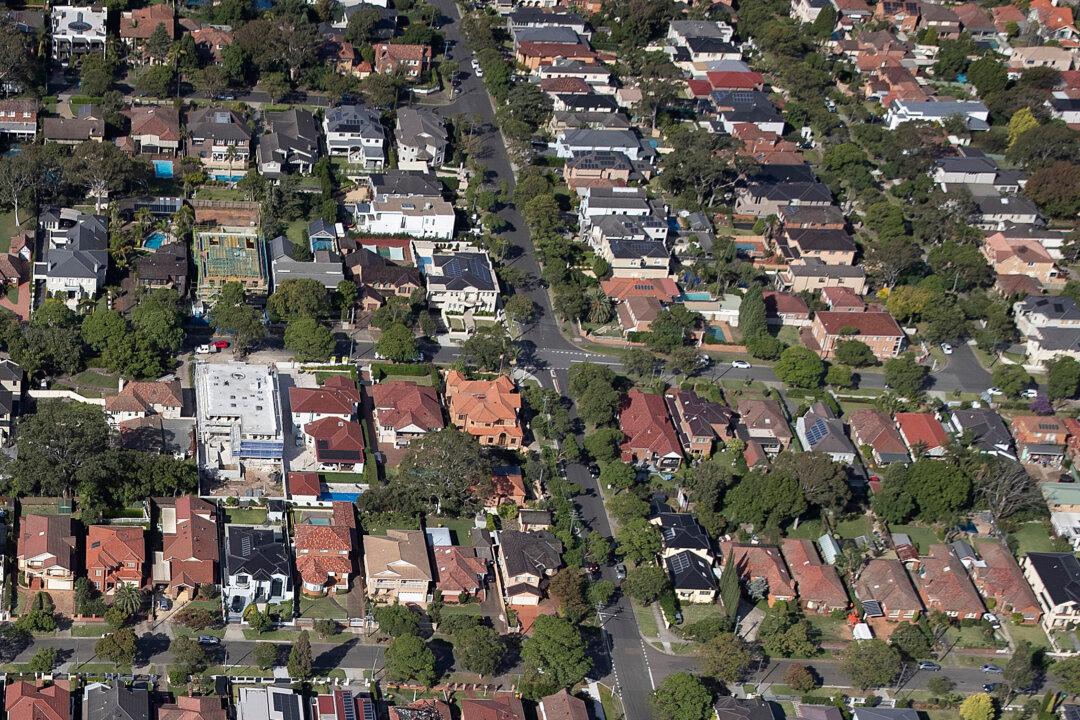Sydney housing system advocates have called on the Minns government to invest in more social and affordable housing on Sept. 7, amidst the government calling 2023 a housing crisis for Sydneysiders.
Community Housing Industry Association New South Wales (CHIA NSW) said the Minns government needed the courage to further invest in social and affordable housing after a report revealed the housing crisis costs the Sydney economy $10 billion annually.





